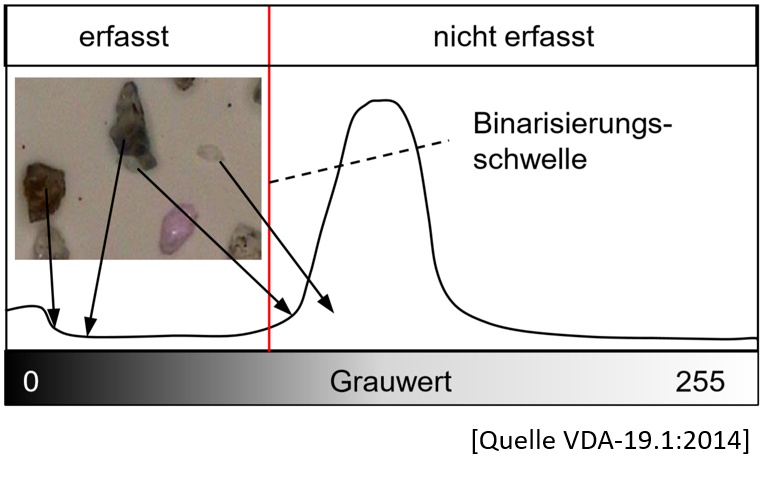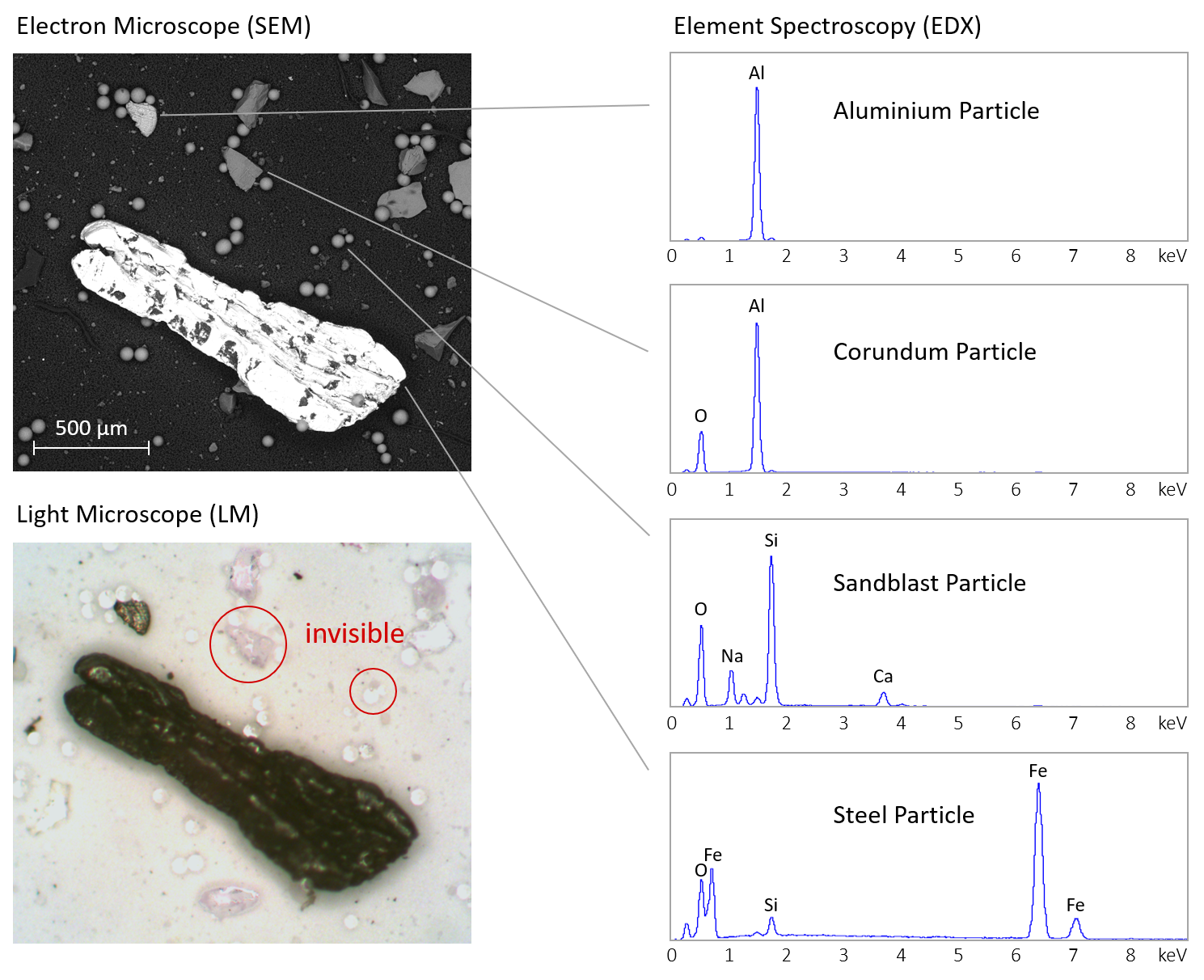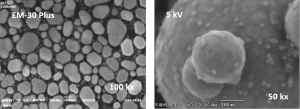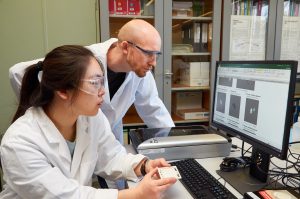It is often surprising for our customers when we find hard mineral particles on their components during technical cleanliness analysis. Customers ask: "How can that be? We didn't find anything in our own cleanliness tests."
The contamination of hard minerals is so important, because these particles have an abrasive effect and thus massively damage mechanical systems such as gears and motors.
Our customers mostly use light microscopy for their own cleanliness analysis. This is exactly the problem: mineral abrasives are mostly transparent or light gray. Microscopic detection, however, requires a sufficient contrast between the light-colored filter membrane and the particles. In the case of abrasive minerals, the optical contrast in the light microscope is too weak to enable automatic detection. For this reason, our laboratory only uses scanning electron microscopy (SEM) for the detection of abrasives particles.
To illustrate the effect, we analyzed a particle-loaded membrane with scanning electron microscopy (SEM) and light microscopy (LM) and compared the results.










